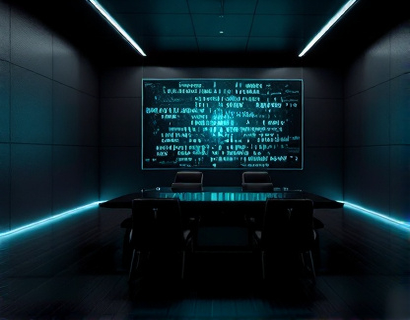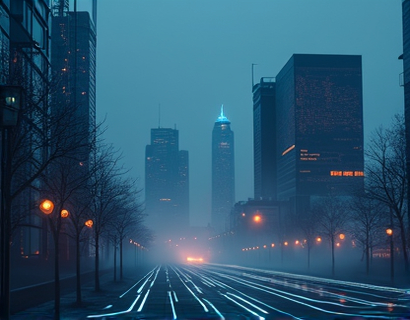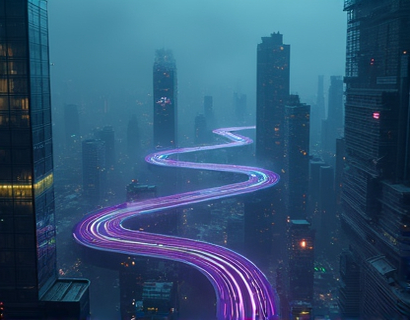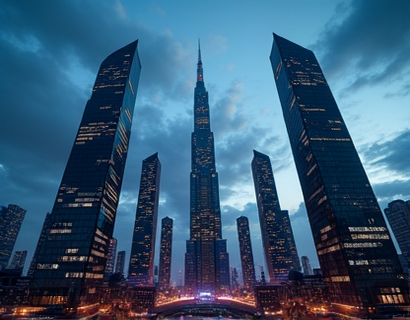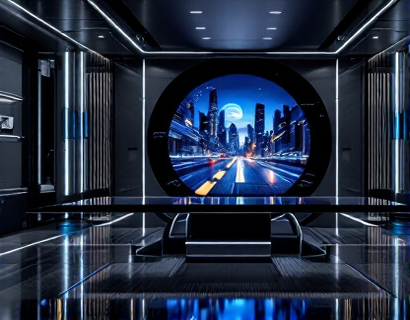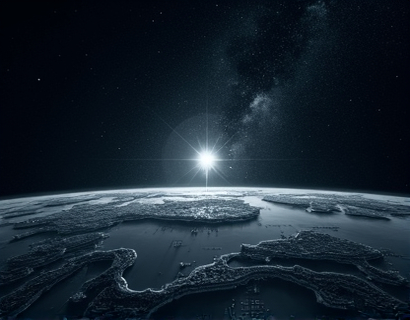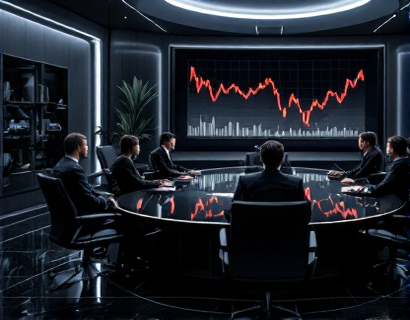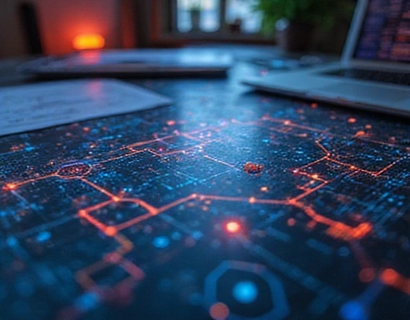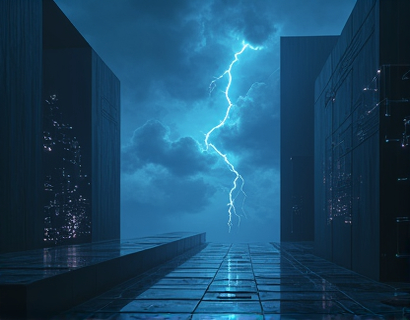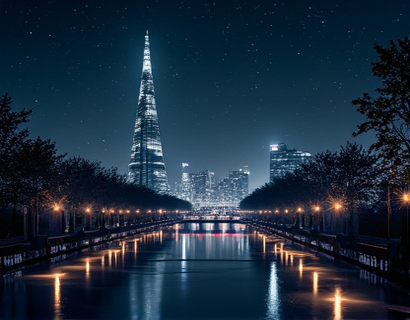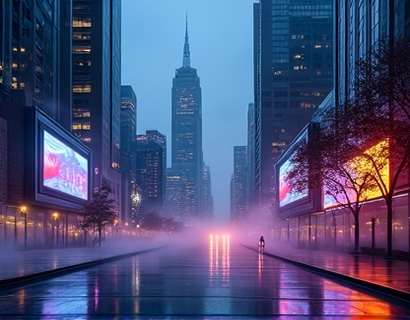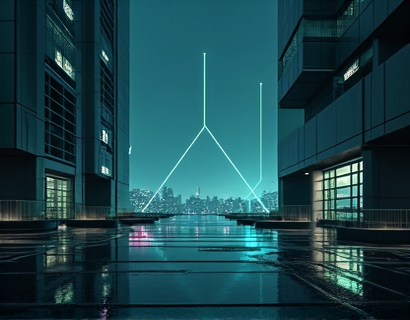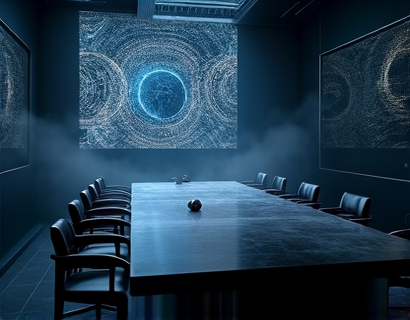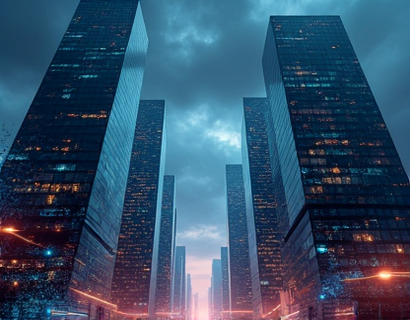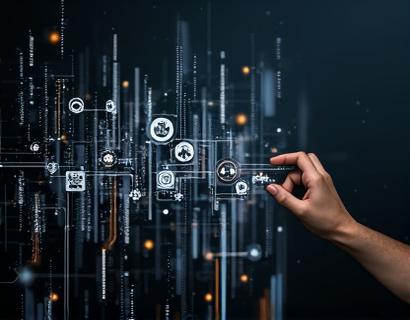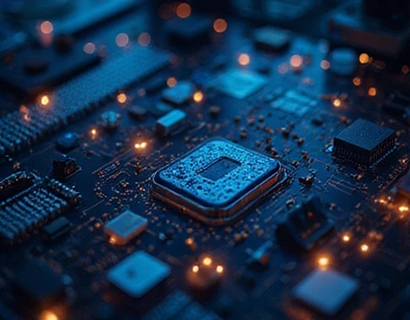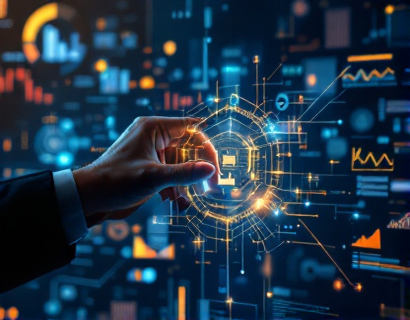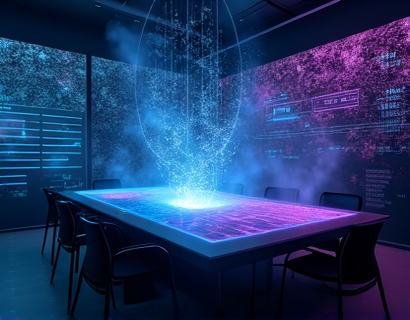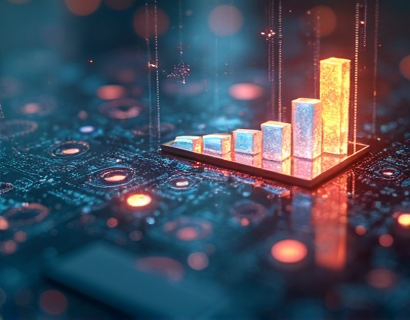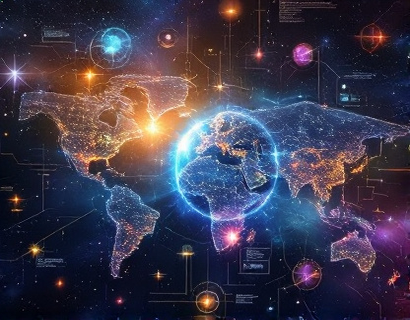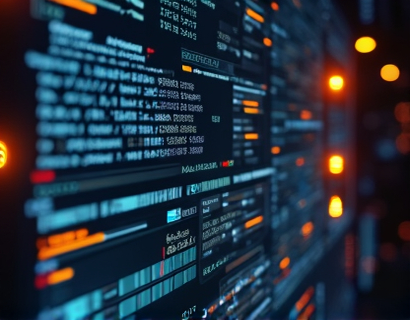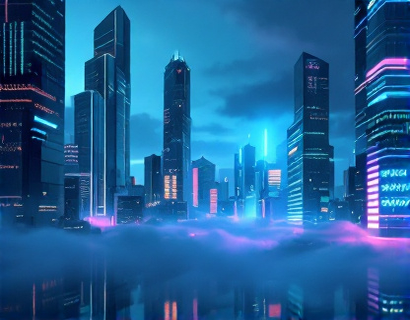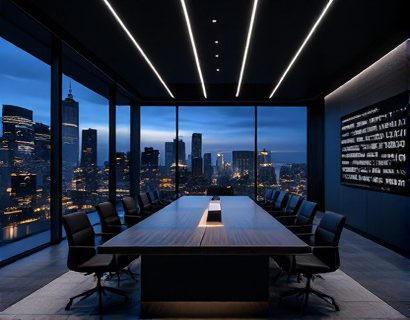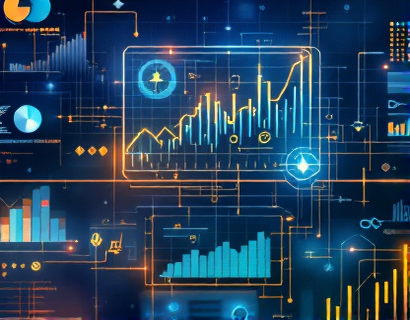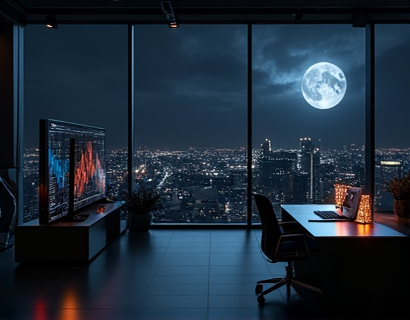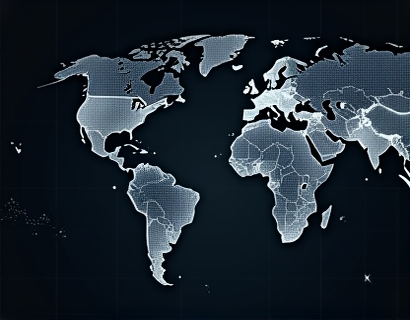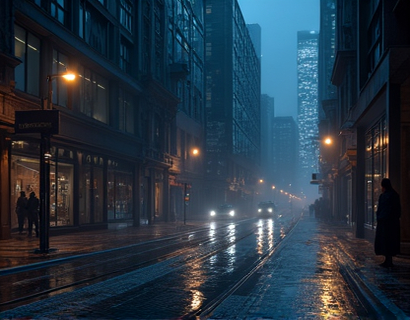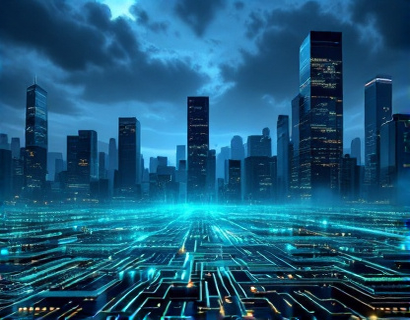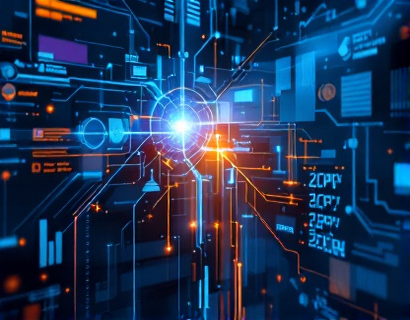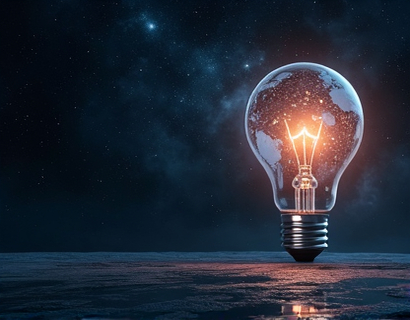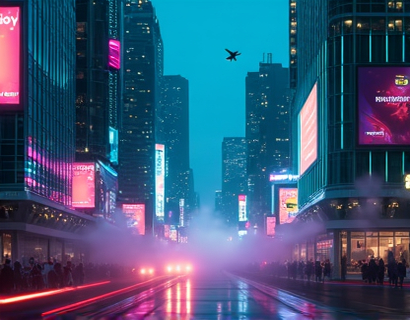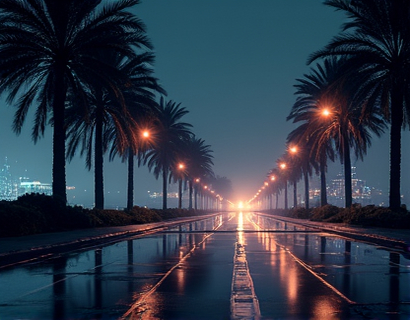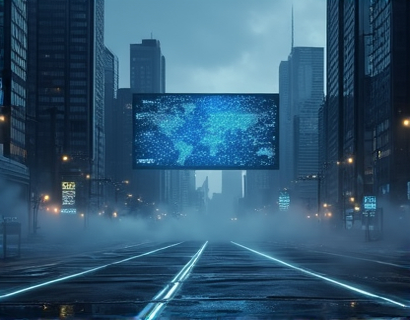Transforming Concepts into Visual Masterpieces with Advanced AI Image Generation Technology
The intersection of art and technology has given rise to a revolutionary tool that empowers creative professionals and businesses to bring their most intricate ideas to life. This advanced AI platform represents a significant leap forward in the realm of image generation, offering an intuitive and seamless process for transforming abstract concepts into stunning visual masterpieces. With just a few prompts, users can generate high-quality, unique images that were once the exclusive domain of skilled artists and designers.
The technology behind this platform leverages the power of artificial intelligence to understand and interpret user inputs, translating them into visually coherent and aesthetically pleasing images. This capability is not just about generating random graphics but creating meaningful, contextually relevant visuals that align with the user's vision. Whether you are an artist looking for new sources of inspiration or a business needing unique visuals for marketing materials, this platform provides a versatile and powerful tool to achieve your creative goals.
Understanding AI Image Generation
At its core, AI image generation involves complex algorithms and machine learning models that can analyze patterns, styles, and content to produce images. These models are trained on vast datasets of images, allowing them to learn the intricacies of visual composition, color theory, and artistic styles. When a user inputs a prompt, the AI processes this information and generates an image that reflects the essence of the description, often incorporating elements of surprise and innovation.
The process begins with natural language processing (NLP), which interprets the textual prompt and breaks it down into key components. The AI then uses this information to select appropriate visual elements, styles, and compositions. The generation phase involves creating a pixel-by-pixel representation of the image, ensuring that the final output is both coherent and visually appealing. This technology has evolved significantly, enabling the creation of highly detailed and realistic images, as well as abstract and surreal designs.
Benefits for Creative Professionals
For artists and designers, this AI platform offers a new dimension of creativity and efficiency. Traditional methods of creating art can be time-consuming and labor-intensive, but with AI image generation, the process is streamlined. Artists can explore new ideas quickly, iterate on designs, and produce multiple variations in a fraction of the time it would take manually. This tool can serve as a collaborative partner, enhancing the creative process rather than replacing the artist's touch.
Moreover, the platform can help overcome creative blocks by providing fresh perspectives and unexpected visual solutions. Artists can use the AI to experiment with different styles and techniques, expanding their artistic repertoire. For those who are not proficient in traditional art forms, the platform democratizes access to high-quality visual content, allowing a broader range of individuals to express their creativity through visual media.
Applications for Businesses
Businesses, particularly those in marketing, advertising, and branding, can greatly benefit from this technology. Unique and high-quality visuals are crucial for standing out in a crowded market, and the AI platform provides a cost-effective and efficient way to generate custom images. Companies can use these visuals for social media campaigns, website design, product packaging, and more. The ability to quickly generate multiple variations also allows for A/B testing, helping businesses optimize their visual strategies based on real performance data.
Additionally, the platform can assist in creating consistent branding across various platforms. By inputting brand guidelines and specific visual requirements, businesses can ensure that their visual content aligns perfectly with their brand identity. This consistency is vital for building brand recognition and trust among customers.
User Experience and Accessibility
The user interface of this AI image generation platform is designed to be intuitive and user-friendly. Users do not need to have any technical expertise to create stunning images. The prompt input system is straightforward, allowing users to describe their ideas in natural language. The platform then translates these descriptions into visual form, providing immediate feedback and allowing for adjustments as needed.
To further enhance the user experience, the platform offers a range of customization options. Users can adjust parameters such as color schemes, composition, and style to fine-tune the output. This level of control ensures that the final image meets the user's specific requirements and preferences. The platform also supports batch processing, enabling users to generate multiple images at once, which is particularly useful for large-scale projects.
Creative Possibilities and Innovation
The potential for creativity with AI image generation is vast. Users can explore a wide range of styles, from photorealistic portraits to abstract art, and even generate images in the style of famous artists. This versatility makes the platform a valuable tool for artists looking to expand their creative horizons and for businesses seeking to innovate their visual content.
One of the most exciting aspects of this technology is its ability to blend different forms of media. Users can incorporate text, patterns, and even existing images into their prompts, creating composite visuals that are both unique and meaningful. This capability opens up new possibilities for storytelling and communication, allowing creators to convey complex ideas through powerful visual narratives.
Challenges and Considerations
While the benefits of AI image generation are numerous, there are also challenges and considerations to keep in mind. One of the primary concerns is the potential for over-reliance on AI-generated content, which could stifle originality and creativity. It is essential for users to view the platform as a tool to augment their creative process, rather than a replacement for their own artistic vision.
Another consideration is the quality and originality of the generated images. While the AI can produce high-quality visuals, there is still a risk of generating images that are too similar or lack the unique touch of human creativity. Users should strive to use the platform as a starting point, refining and personalizing the output to ensure it aligns with their artistic goals.
Future Developments and Trends
The field of AI image generation is rapidly evolving, with ongoing advancements in machine learning and computational power. Future developments may include even more sophisticated models that can better understand context, emotion, and nuance in human creativity. This could lead to the generation of images that are not only visually stunning but also emotionally resonant and deeply meaningful.
Additionally, the integration of AI image generation with other technologies, such as augmented reality (AR) and virtual reality (VR), is likely to create new opportunities for immersive and interactive experiences. Creatives can envision their designs coming to life in three-dimensional spaces, offering unprecedented possibilities for engagement and storytelling.
Conclusion
The convergence of art and advanced AI technology represents a new frontier in creative expression. The ability to transform abstract concepts into stunning visual masterpieces with just a few prompts is a game-changer for artists and businesses alike. This platform not only democratizes access to high-quality visual content but also empowers users to explore new creative possibilities. As the technology continues to evolve, the potential for innovation and artistic expression is limitless.



